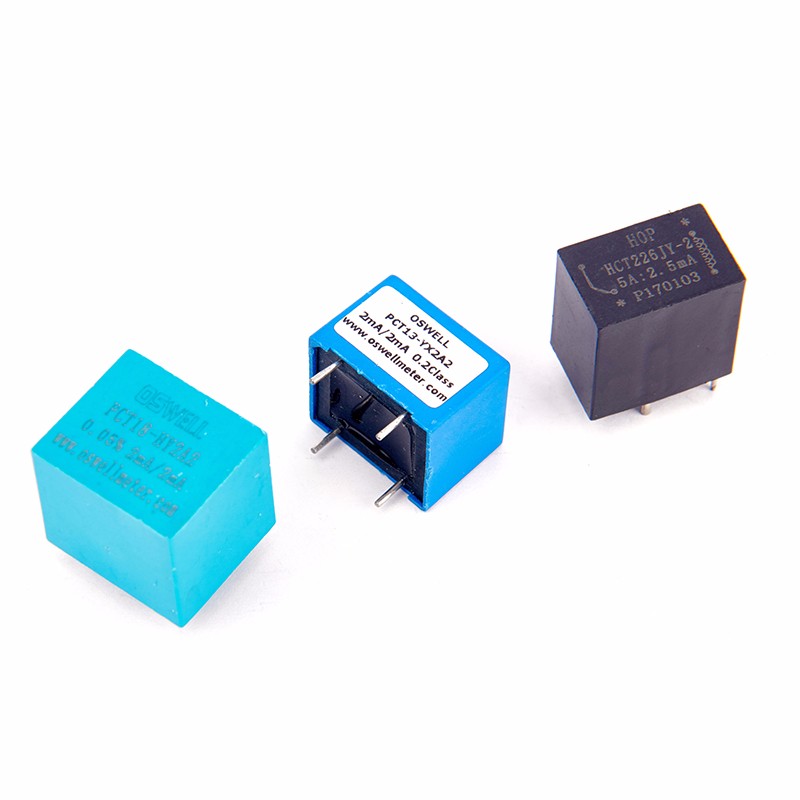Knowledge introduction and principle of voltage transformer
In order to ensure the safe and economical operation of the power system, the operation of the power equipment must be monitored and measured. However, the general measuring and protection devices cannot be directly connected to the primary high voltage equipment, and the high voltage and high current of the primary system need to be proportionally converted into low voltage and low current for the use of measuring instruments and protection devices. The most common device to perform these transformation tasks is what we commonly call the transformer. The voltage transformer (voltage transformer), PT for short, is used for the voltage conversion. The transformer for current conversion is current transformer (CT for short).

Principle of Voltage transformer:
The structure of CT is relatively simple, consisting of mutually insulated primary windings, secondary windings, core, frame, shell and terminal. Its working principle is basically the same as that of the transformer. The number of turns of the primary winding (N1) is small, and it is directly connected in series in the power supply line. When the primary load current (I1) passes through the primary winding, the alternating flux induction generated generates a proportional reduction of the secondary current (I2). The number of turns of the secondary winding (N2) is more, which forms a closed loop in series with the secondary load (Z) of the current coil such as instrument, relay and transmitter.




